
The Costume of Yorkshire is an 1814 book by George Walker illustrating the various styles of dress worn by people of differing traditional professions in the county of Yorkshire in the 19th century. [1] [2]

The Costume of Yorkshire is an 1814 book by George Walker illustrating the various styles of dress worn by people of differing traditional professions in the county of Yorkshire in the 19th century. [1] [2]
George Walker was born in 1781 near Leeds, the youngest of five brothers; his father William was a drysalter and a member of the Mill Hill Chapel. George was educated in Mansfield and then at the Revd. Charles Wellbeloved's school in York. Instead of following his father's trade, he studied natural history and fine art, often making sketches of wildlife, people and landscapes. He died in 1856. [1] [3]
The book contains an unnumbered frontispiece and 40 coloured and numbered engravings, including such famous [1] pictures as those of Yorkshire cloth-dressers, making oatcakes, a woman spinning, and a collier. The text with each plate is in both French and English, an unusual feature [3] given that the two countries had been at war for much of the period. Walker's paintings were engraved by the Havell family, including the engravers Robert Havell (1769–1832) and his cousin Daniel Havell (1786–1822): plates 1–24 by both men, the rest, later, by Robert Havell alone. Robert's son, also called Robert, engraved John James Audubon's Birds of America . [1] [3] The print of the Middleton collier has been used as an image of the English working class at its inception in the Industrial Revolution. [4]
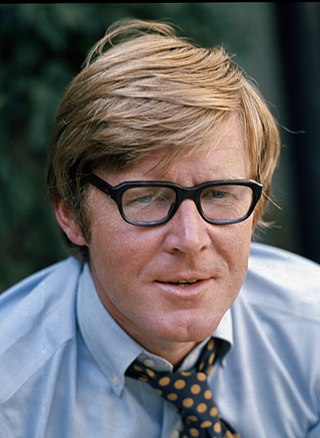
Alan Bennett is an English playwright, author, actor and screenwriter. Over his entertainment career he has received numerous awards and honours including two BAFTA Awards, four Laurence Olivier Awards, and two Tony Awards. He also earned an Academy Award nomination for his film The Madness of King George (1994). In 2005 he received the Society of London Theatre Special Award.

Catherine Greenaway was an English Victorian artist and writer, known for her children's book illustrations. She received her education in graphic design and art between 1858 and 1871 from the Finsbury School of Art, the South Kensington School of Art, the Heatherley School of Art, and the Slade School of Fine Art. She began her career designing for the burgeoning greetings card market, producing Christmas and Valentine's cards. In 1879 wood-block engraver and printer Edmund Evans printed Under the Window, an instant best-seller, which established her reputation. Her collaboration with Evans continued throughout the 1880s and 1890s.

Frederick William Fairholt was an English antiquary and wood-engraver.
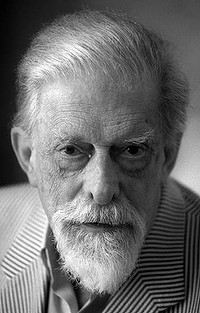
George Henry Hubert Lascelles, 7th Earl of Harewood, styled The Honourable George Lascelles before 1929 and Viscount Lascelles between 1929 and 1947, was a British classical music administrator and author, and an extended Member of the British Royal Family, as a maternal grandson of King George V and Queen Mary, and thus a first-cousin of Queen Elizabeth II. He served as director of the Royal Opera House, chairman of the board of the English National Opera (ENO) (1986–1995); managing director of the ENO (1972–1985), managing director of the English National Opera North (1978–81), governor of the BBC (1985–1987), and president of the British Board of Film Classification (1985–1996).
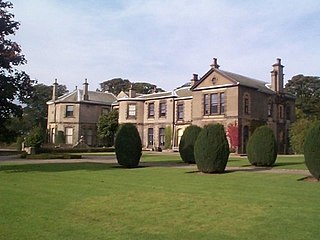
Lotherton Hall is a country house near Aberford in West Yorkshire, England. It is a short distance from the A1(M) motorway, 200 miles (320 km) equidistant from London and Edinburgh. It is one of nine sites in the Leeds Museums & Galleries group.
The following is a list of events from 1857 in art.
The Havell family of Reading, Berkshire, England, included a number of notable engravers, etchers and painters, as well as writers, publishers, educators, and musicians. In particular, members of this family were among the foremost practitioners of aquatint; and had a long association with Indian art and culture. The family first came to notice through the brothers Luke Havell and Robert Havell the Elder ; along with their nephew Daniel Havell.

The Birds of America is a book by naturalist and painter John James Audubon, containing illustrations of a wide variety of birds of the United States. It was first published as a series in sections between 1827 and 1838, in Edinburgh and London. Not all of the specimens illustrated in the work were collected by Audubon himself; some were sent to him by John Kirk Townsend, who had collected them on Nathaniel Jarvis Wyeth's 1834 expedition with Thomas Nuttall.

Salamanca was the first commercially successful steam locomotive, built in 1812 by Matthew Murray of Holbeck, for the edge-railed Middleton Railway between Middleton and Leeds, England and it predated Stephenson's Rocket by 17 years. It was the first to have two cylinders. It was named after the Duke of Wellington's victory at the battle of Salamanca which was fought that same year.
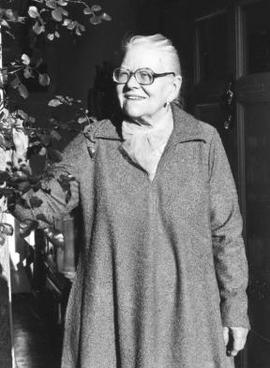
Joan Hassall was an English wood engraver and book illustrator. Her subject matter ranged from natural history through poetry to illustrations for English literary classics. In 1972 she was elected the first woman Master of the Art Workers' Guild and in 1987 was awarded the OBE.
Priscilla Susan Bury, born Falkner, was an English botanist and illustrator.
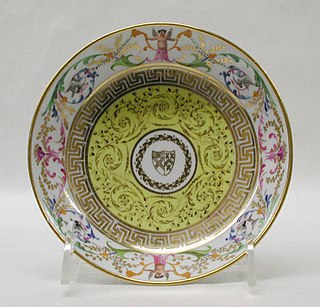
Thomas Baxter Jnr. was an English porcelain painter, and a watercolour painter and illustrator.

George Cooke, was an English line engraver.

Edward Duncan was a British watercolourist known for his depictions of coastal views and shipping. He was a member of the Royal Watercolour Society and received Royal patronage from Queen Victoria.
William Home Lizars was a Scottish painter, engraver and publisher.

John Pye was a British landscape engraver.
William Angus was an English engraver of copper plates for prints and book illustrations.

Mill Hill Chapel is a Unitarian church in Leeds, West Yorkshire, England. It is a member of the General Assembly of Unitarian and Free Christian Churches, the umbrella organisation for British Unitarians. The building, which stands in the centre of the city on City Square, was granted Grade II* listed status in 1963.
Frederick Mackenzie (1787–1854) was a British watercolourist and architectural draughtsman.
Marie Walker Last was a British artist working in London in the late 1950s and early 1960s before returning to continue painting in her Yorkshire home until her death in 2017. She developed her own style of Tachisme abstract painting.